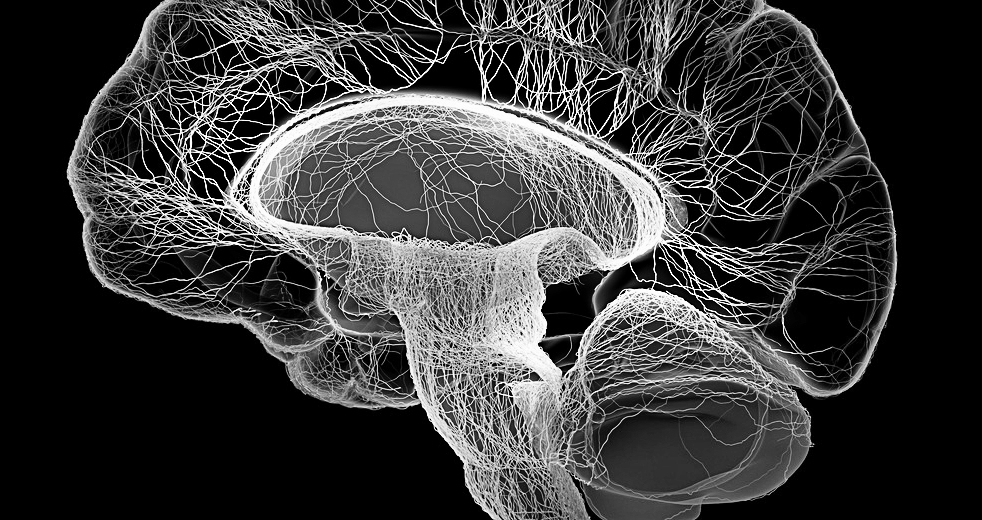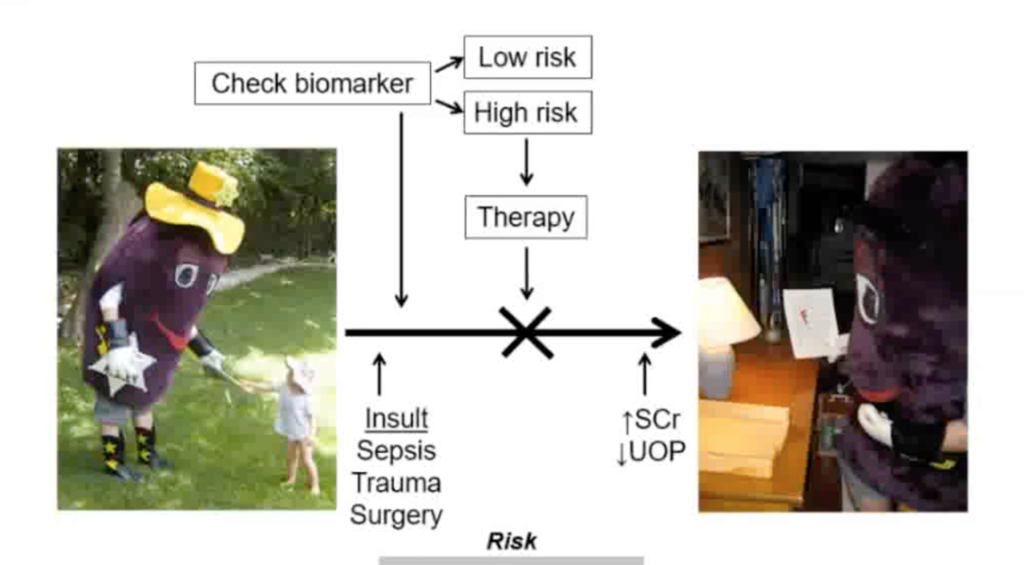[x_text]Today we are fortunate to have Robert Rosenthal, Chief of Hyperbaric Medicine at the University of Maryland and all around Oxygen-research master! Over the next 45 minutes Dr. Rosenthal will review the last thirty years of hyperoxia research and show you how too MUCH oxygen can often be just as bad, if not even worse then too LITTLE oxygen. After this talk you may just see oxygen as one of the most misused drugs in the ICU![/x_text]
[x_text][/x_text][x_text]
Podcast: Play in new window | Download
Subscribe: Apple Podcasts | RSS
[/x_text][x_text class=”left-text “]
Physiology of Oxygen Use
- Normally of the O2 used in the body, 99% is converted to water, with <1% becoming free radicals
- Free radicals:
- oxidize proteins, lipids, DNA, RNA, etc.
- result in enzyme dysfunction, apoptotic gene induction, metabolic inhibition
- Free radicals:
- Hypoxic state (arrest, MI, CVA) → ↑ oxidative stress → ↑ free radicals → ↑ protein oxidization
- One of more severely effected enzymes is Pyruvate Dehydrogenase (PDH)
- The loss of PDH leads to: ↑ anaerobic metabolism and ↑ lactic acidosis → ↑ neuronal cell death → severe neurological deficits!
- Animal data shows that a goal of PaO2 80-110 and SaO2 94-96% has lowest risk of neurological damage and better neurological outcomes
Clinical Data
- Pre-hospital oxygenation control: NOT FEASIBLE
- per the HOT OR NOT study: aggressive measures to limit hyperoxia led to rises in hypoxia and worse outcomes
- Post-Arrest Oxygen Control
- Key study: Kilgannon et al. in JAMA 2010: ↑ mortality with hyperoxia
- however conflicting results have been published since
- Problem is a lack of standardizations of what constitutes “hyperoxia” and no consistent timing of ABGs
- Currently await RCT
- Key study: Kilgannon et al. in JAMA 2010: ↑ mortality with hyperoxia
- CVA
- Key study: Rincon et al. in Critical Care Medicine 2014
- Hyperoxia: 1.7x mortality compared to normoxia, 1.3x mortality compared to hypoxia
- Direct link to in-hospital mortality
- Hyperoxia: 1.7x mortality compared to normoxia, 1.3x mortality compared to hypoxia
- Key study: Rincon et al. in Critical Care Medicine 2014
- AMI
- AVOID study shows a a link btw hyperoxia and increasing infarct size
- TBI
- Animal studies show ↑ protein oxidation, but human data is conflicted
- Overall conclusion: RCT is still needed on all accounts
- Need to take into consideration the proper dose O2, factor in comorbidities (DM, age)
[/x_text]
[x_text] Suggested Reading
- Iscoe S, Beasley R, Fisher JA. Supplementary oxygen for nonhypoxemic patients: O2 much of a good thing?. Critical Care 2011, 15:305 [PubMed Link]
- Wang CH, Chang WT, Huang CH, Tsai MS, Yu PH, Wang AY, Chen NC, Chen WJ.The effect of hyperoxia on survival following adult cardiac arrest: a systematic review and meta-analysis of observational studies. Resuscitation. 2014 Sep;85(9):1142-8. [PubMed Link]
- Damiani E, Adrario E, Girardis M, Romano R, Pelaia P, Singer M, Donati A . Arterial hyperoxia and mortality in critically ill patients: a systematic review and meta-analysis. Critical Care 2014, 18:711. [PubMed Link]
[/x_text]



